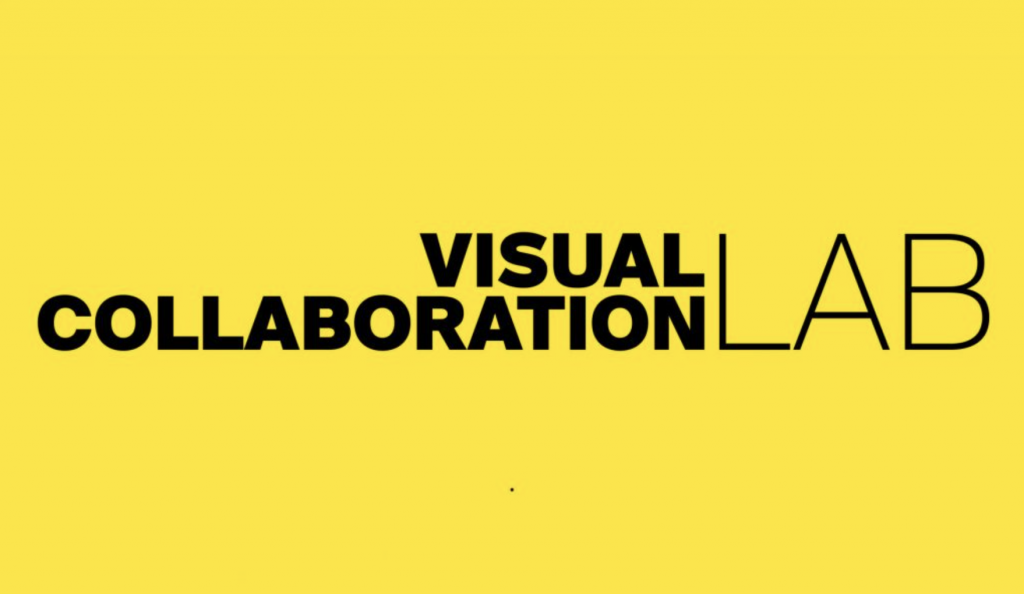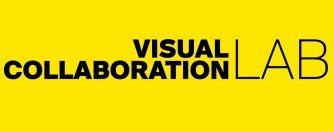The visual collaboration lab is located at HEC Lausanne, University of Lausanne, Switzerland and headed by Pr. Yves Pigneur and Pr. Stéphanie Missonier .
Our research focuses mainly on the development of visual collaborative tools that aim at supporting team in solving problems and/or innovating.
What are visual collaborative tools?
Visual collaborative tools have recently emerged and gained popularity to innovate and/or address problems collaboratively within teams (Avdiji et al., 2018). By providing a shared language and/or a shared visualisation (Bresciani and Eppler, 2009; Comi and Bresciani, 2017), they support several challenges of collaboration related to sense-making and sense-giving and action planning in multi- or transfunctional teams. One of the goals of these tools is to assist teams to explore and/or brainstorm on a given problem. This is especially useful in processes which need to generate new options and alternatives through design. These tools allow for better structuring and bounding of a problem and facilitate solution searches in innovative ways during collaboration (Osterwalder and Pigneur, 2010; Van der Pijl et al., 2016).

Research programmes
Organisational culture and agile transformations
This research programme was launched end-2020.
Agility is a well-known concept, and its methods are widely popular. However organisations cannot only settle to « doing Agile » in their IT department, they are now required to « be Agile » in a scaled manner across the entire company. This is difficult, especially for traditional organisations whose culture is historically very different from an Agile culture. In collaboration with a traditional organisation, we are developing a tool to help such organisations cross the shaky bridge between both cultures. We rely on Design Science Research and the Design theory for Visual Inquiry Tools to do so. Click here to learn more.
Involved members: A. Roschnik and Prof. S. Missonier
Collaboration in digital innovation
This programme aims to explore the several collaborative dimensions related to the development of digital innovations. This programme is composed of 2 projects:
1. Digital innovation labs: Started in 2020, this project aims to explore and understand the development of collaborative structures dedicated to innovation within companies. These « Digital innovation labs » (also called innovation units, innovation centres, etc.) are growing in popularity. However, both researchers and practitioners are now asking themselves whether they are just a hype rather that a real contribution to the development of innovation. After several exploratory case studies, a quantitative study is being finalised. We aim to launch this large study at an international level beginning 2021. The aim is to gather information to identify if , and if so, to what extent, these labs participate to the creation of new products, services, and value processes via digital technologies, and thereby stimulate the global performance of companies. For more information click here.
2. Low-codes development platforms:
Since beginning-2019, exploratory studies are being conducted to understand the effects of digitalisation on the idea generation phase. Additionally, we aim to understand how companies can support their employees in a way that allows them to create digital innovations. We focus on a brand-new phenomenon named Low-codes development platforms (LCDP). Such platforms allow for rapid application delivery with very little manual coding, and a quick installation and deployment. We notice that these platforms have an important impact on the development of digital innovations.
Involved members: S. Iho, D. Krejci, and Prof. S. Missonier. In collaboration with Dr. JC. Pillet
Tools to collectively solve wicked-problems
In 2017, we worked on a theorisation of these new types of management tools such as the Business Model Canvas, the Value Propositions and the TAM – Team Alignement Map. We named these tools Visual Inquiry Tools and developed a new theory : the Design theory for Visual Inquiry Tools. This theory aims to 1) provide solid theoretical foundations in view of the abundance of such type of tools in the professional environment and 2) help researchers and practitioners to develop such visual tools to collectively solve complex managerial issues.This research led to the creation of this visual collaboration lab and publications in: an A-ranking journal in information systems : Journal of the Association of Information Systems (JAIS), several conference papers, specific track over 2 years in a large international information system’s conference (HICSS).
Involved members: Prof. S. Missonier, Prof. Y. Pigneur, Dr. H. Avdiji, and Dr. D. Elikan
